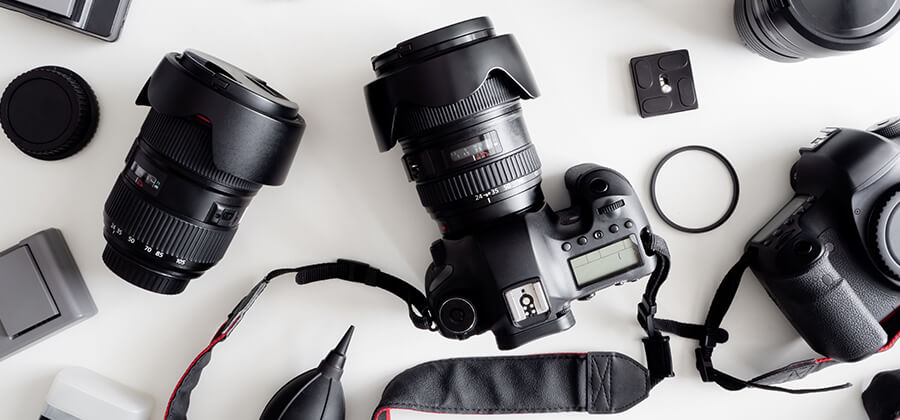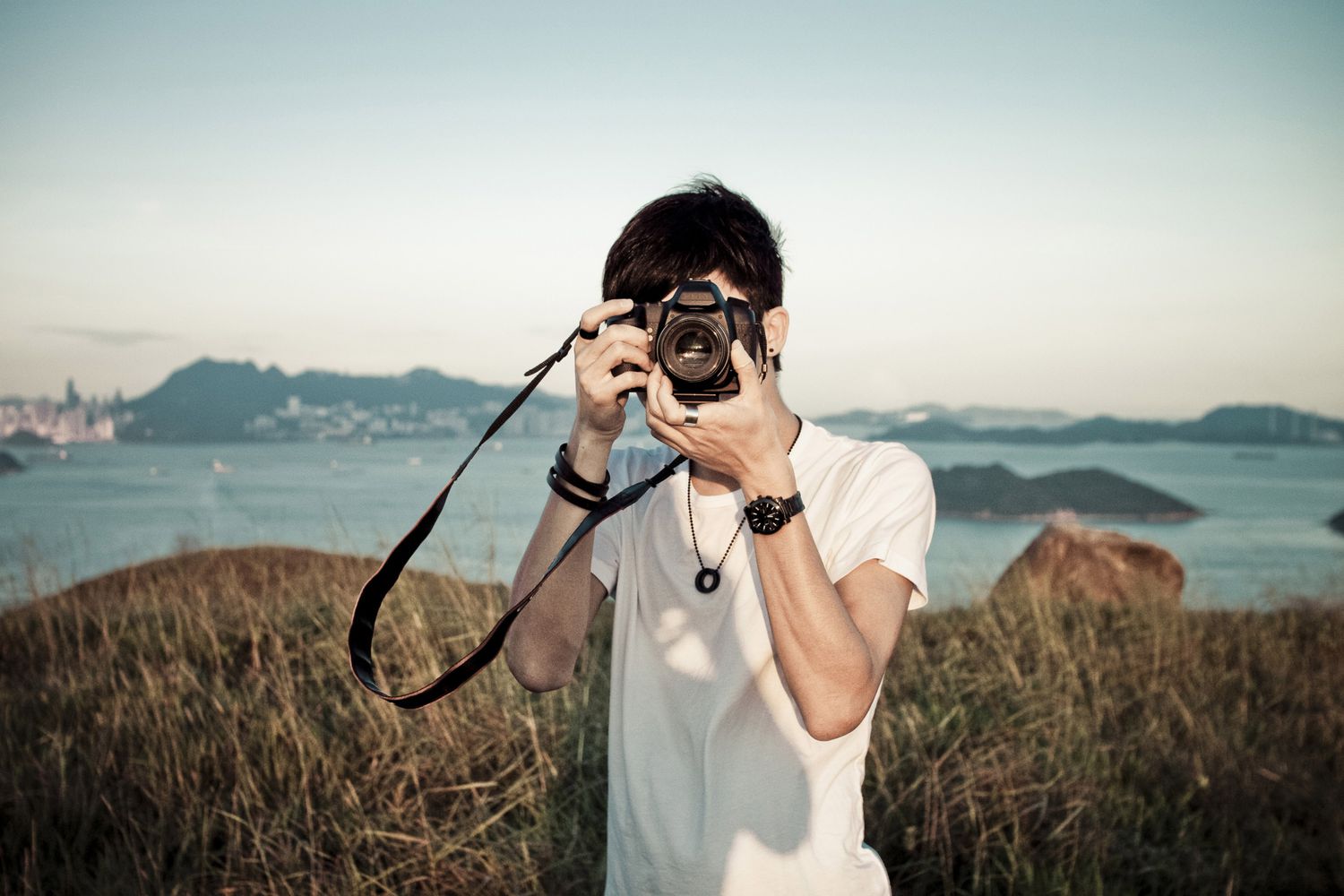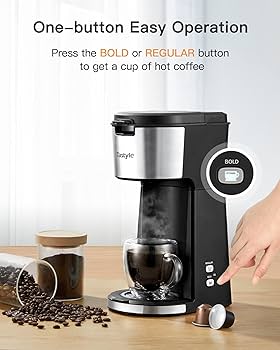Understanding Dslr Photography: A Comprehensive Guide To Digital Single Lens Reflex Cameras
Introduction
Diving into the world of photography can feel genuinely overwhelming with the variety of tools available. One term you might constantly stumble upon is 'DSLR.' This guide unlocks the complexities of DSLR photography, providing essential knowledge to use these cameras to their fullest potential. Whether you're starting your photography journey or looking to upgrade your equipment, understanding DSLR can make a significant difference in your photographic outcomes.
What Does DSLR Stand For?
Unfamiliar acronyms can appear daunting at first. One such term within the realm of photography is 'DSLR.' Fear not, this guide will help you decipher its complexity as we break down what DSLR stands for and what it means:
- D stands for 'Digital.' This indicates that the camera processes image data electronically as opposed to traditional photographic film.
- S, L, and R together spell out 'Single Lens Reflex.' This abbreviation informs us about one of the fundamental features of these cameras – the single lens mechanism. It employs the same lens to preview your scene in the viewfinder and capture the image when you press the shutter button.
- When it comes to the 'Reflex' part of the name, it refers to the reflex mirror in the camera. This mirror serves a crucial purpose in a DSLR camera as it reflects the light entering the lens to the viewfinder.
When all is said and done, DSLR is a digital camera that uses a single lens and a reflex mirror to capture stunning and high-quality images.
What is a Digital Single Lens Reflex Camera?
A Digital Single Lens Reflex (DSLR) camera, an advanced type of digital camera, is built around a unique mirror system. This system directs light from the lens to alternate between the viewfinder for previewing and image sensor for capturing. Considered a game-changer in the world of photography, DSLRs are highly regarded for:
- Excellent Image Quality: DSLRs are known for their superior image resolution, thanks to their mirror mechanism and large image sensors.

- Versatile Lens Selection: The ability to switch lenses gives DSLRs an edge over many other cameras. You have the freedom to use wide-angle, telephoto, macro lenses, and more.
- Superior Light Adaptability: Owing to their advanced sensors and settings, DSLRs can adapt effectively to diverse light conditions, making them a desirable choice for both professionals and serious hobbyists.
How Does a DSLR Camera Work?
A Digital Single Lens Reflex (DSLR) camera's operation is, in essence, a study of light manipulation. Here's a breakdown of its working principle:
1. The Role of Reflex Mirror: In the first stage, as you view your subject through the viewfinder, the light from the object enters the camera's lens. It then bounces off the reflex mirror inside the camera before hitting the focusing screen. This process lets you preview the scene exactly as it is.
2. The Shutter Release and Image Capture: Once you press the shutter button to capture a photograph, an incredible transformation occurs. The reflex mirror flips upward, letting the light bypass it. This light hits the image sensor directly, initiating the process of image creation.
3. The Power of the Image Sensor: Once the light hits the sensor, it converts the light into an electric signal. This signal then processes into a digital image, capturing your moment in a beautiful photograph.
4. Flexibility of Interchangeable Lenses: DSLR cameras come with the advantage of a lens-swapping system. Depending on the type of shot you aim for, you can switch between different lens types – macro for close-ups, telephoto for distant subjects or wide-angle for panoramic shots — each offering distinct captures and styles.
5. Manual Control over Settings: Finally, a significant feature of a DSLR camera is that the photographer gets to control all fundamental settings directly. You get to adjust the shutter speed, determining how long the shutter remains open. The aperture size, deciding the amount of light entering the camera. And the ISO settings, dictating the sensor’s sensitivity to light. All these buttons and dials enable you to experiment with your shot's look and feel.

In answer to, 'how does a DSLR camera work?': it presents you with a complex yet reliable system of light manipulation, flexibility in lens choice, and manual controls to capture your perfect shot.
What Makes a DSLR Different from Other Cameras?
The market brims with a plethora of camera options, making it essential to understand the unique features and benefits of a DSLR camera that set it apart from its counterparts. Here, we delve deeper into critical factors that make a DSLR camera the choice of professional photographers:
1. Optical Viewfinder: Unlike point-and-shoot and mirrorless cameras that offer a digital preview, DSLRs are equipped with an optical viewfinder. This feature allows photographers to preview the scene accurately in real-time, leading to greater precision in capturing images.
2. Interchangeable Lenses: All cameras provide the feature to interchange lenses; however, DSLRs provide an unmatchable range. With specialized lenses for everything from macro to telephoto shots, DSLRs grant unlimited creative potential to photographers.
3. Sensor Size: DSLR cameras typically boast larger image sensors compared to other types of cameras. A larger sensor translates into superior image quality with less noise, particularly beneficial in low-light conditions.
4. Manual Controls: Another factor that sets DSLRs apart is the level of control offered over key photography parameters such as aperture, shutter speed, and ISO. This permits photographers to manipulate the final aesthetic of the image, a feature highly appreciated by seasoned professionals.
To illustrate the comparison in a more tangible manner, here are some relevant stats:
- Sensor Size Comparison: DSLRs often boast full-frame (35mm) sensors. In contrast, point-and-shoot cameras typically have smaller sensors, measuring around 28mm. This difference significantly affects the image quality and low-light performance.
- Lens Options: A professional DSLR system may offer over 70 different lenses, including specialized macro, telephoto, wide-angle, and tilt-shift lenses. Other types of cameras usually have a limited selection.
Undeniably, these distinctive features of DSLR cameras contribute significantly to their stature as the preferred choice among professionals and serious hobbyists. However, it's important to consider your specific photography needs and budget before choosing a camera type.
Why Should You Choose a DSLR?
Choosing a DSLR camera packs advantages that cater to various photography levels - from beginners looking to venture beyond smartphone photography to professionals capturing high-quality images. These benefits are prominent in several areas, including image quality, lens flexibility, and comprehensive control.
Unmatched Image Quality
- Image Excellence: DSLR cameras are renowned for their superior image quality. They are equipped with larger sensors that capture high-resolution photos brimming with lifelike details. The image quality doesn't get compromised even in low-light settings, making them the perfect tool for all lighting conditions.
Extensive Lens Flexibility
- Broad Range of Lenses: DSLR cameras are inherently flexible with interchangeable lens systems. There's a vast array of lenses - from wide-angle for panoramic shots and telephoto for zooming in on distant details to macro lenses for extreme close-ups. This versatility allows users to adapt to a multitude of creative scenarios and subjects.
Full Customizability and Control
- Total Photo Control: A major draw of DSLR cameras is the ability given to users to manually adjust all photography elements. From shutter speed, aperture, and ISO sensitivity to focus and depth of field, these adjustments are instrumental in creating a photographer's unique visual style.
To summarize, the decision to choose a DSLR camera could be amplified by the following key factors:
- High-quality photo production: DSLR cameras produce superior, vivid, and detailed photos because of their large sensors and advanced processing technology.
- Multi-faceted lens options: The availability of a broad range of interchangeable lenses allows for flexibility depending on the photographic subject and style.
- Absolute control: DSLR cameras provide total control over photo settings, which permits photographers to experiment and establish their unique photographic style.
When considering a camera purchase, keep these highlights in mind. Investing in a DSLR could elevate your photography journey, taking it beyond the typical point-and-shoot experience.
Conclusion
Natural viewing through an optical viewfinder, a wide array of lens options, top-notch image quality, and optimal control over settings are just a few reasons why DSLRs are a beloved choice among photographers. Understanding the prowess of DSLR photography can open doors to infinite creative possibilities.
Related FAQs about what is a digital single lens reflex camera
Is a DSLR Better Than a Mirrorless Camera?
DSLRs and mirrorless cameras each have their distinct advantages. DSLRs generally have superior battery life, a comprehensive system of lenses, and an optical viewfinder that some photographers prefer. However, mirrorless cameras are lighter, more compact, and offer enhanced video capabilities. Your choice boils down to personal preference and shooting needs.
How to Maintain a DSLR Camera?
Proper maintenance of a DSLR involves regular cleaning of the lens with a specific lens cleaner and microfiber cloth. Avoid touching the mirror or sensor, and keep dust out using an air blower. Also, ensure the battery is fully charged before use, and store the camera in a dry, cool place.
Are DSLRs Suitable for Beginners?
Yes, DSLRs are suitable for beginners. Many DSLRs offer 'Auto' or 'Beginner' modes, which simplify settings for those still learning. As a beginner advances, DSLRs also provide the flexibility to manually control photography elements, making them a great learning tool for understanding basic photography concepts.


